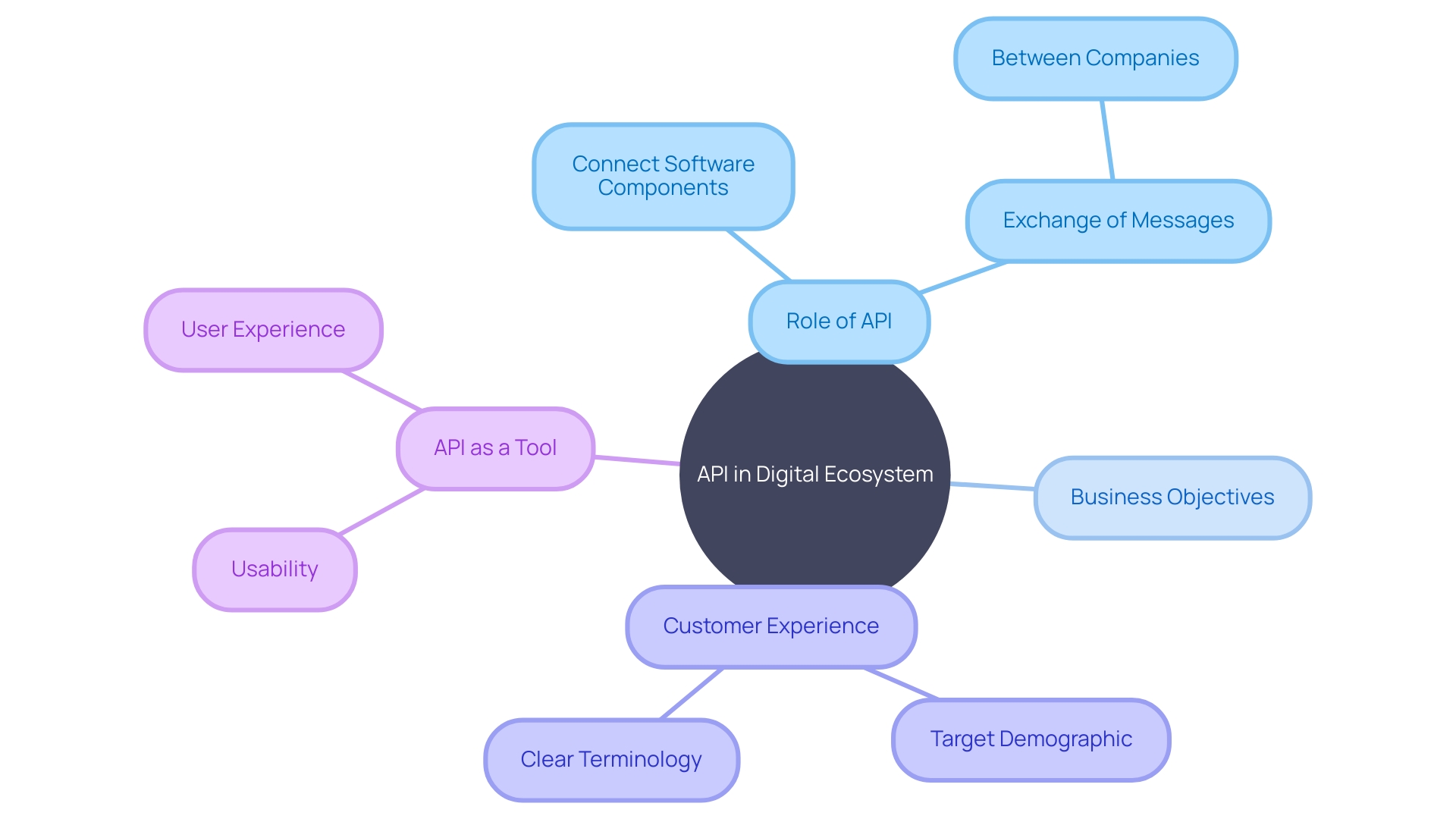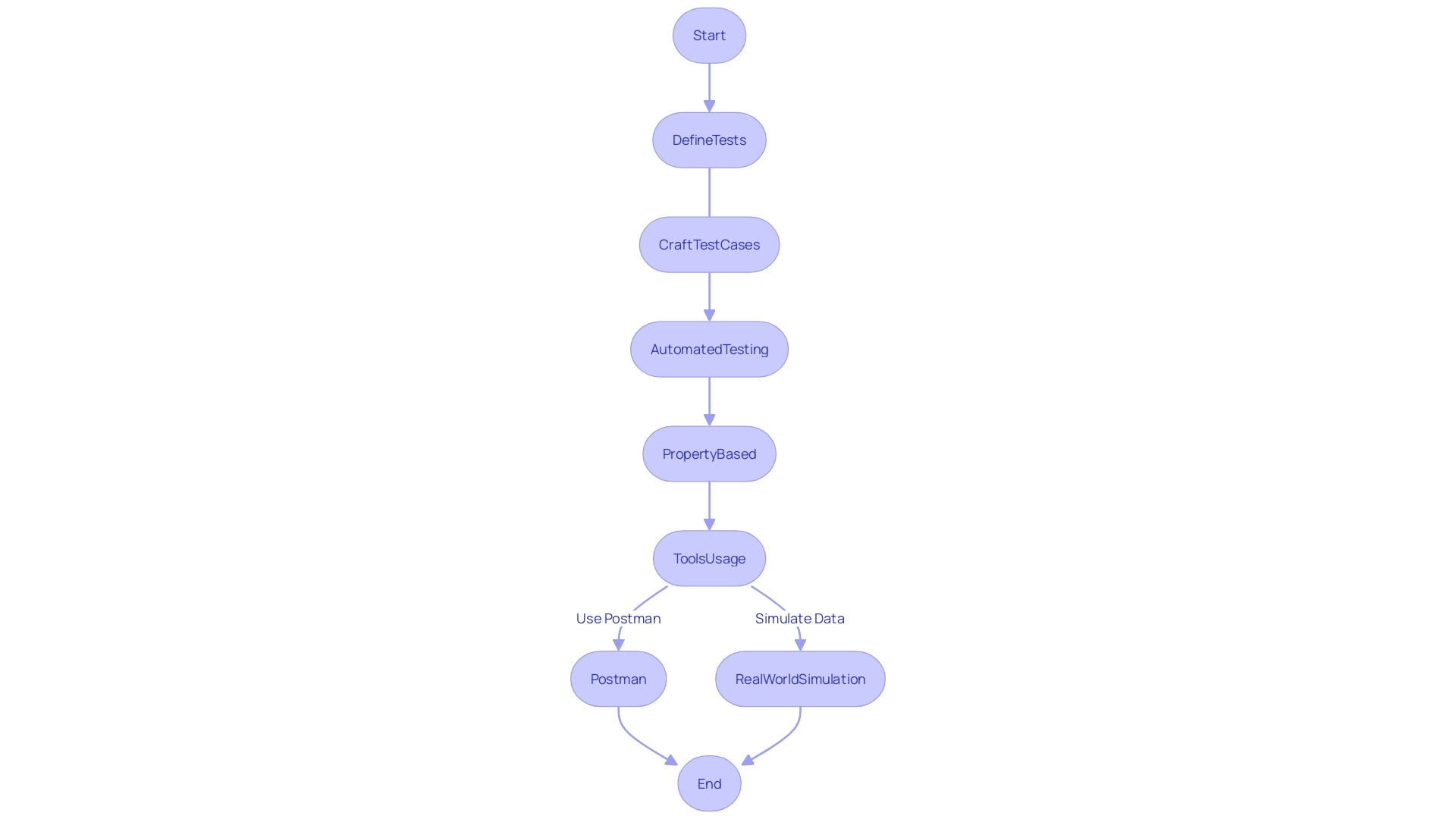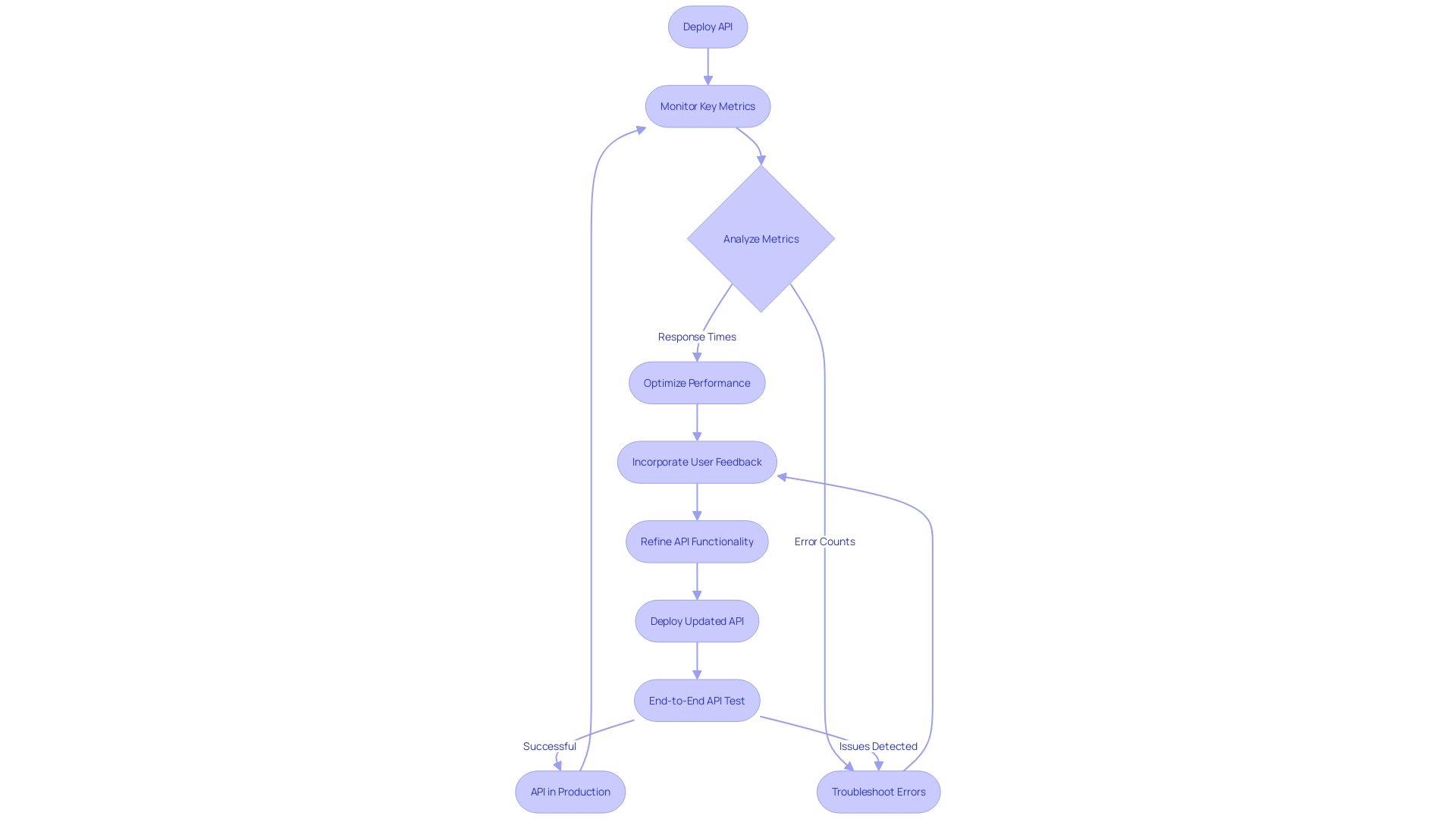Introduction
APIs have become an integral part of the digital ecosystem, enabling software applications to communicate seamlessly with each other. In order to develop an API that not only functions effectively but also propels your business forward, it's important to start with a clear understanding of your goals and intended users. By envisioning the API's capacity to deliver and considering the specific requirements of your target audience, you can create a strong value proposition that improves usability and user experience.
From there, designing the API architecture, developing the API, and testing it thoroughly are crucial steps to ensure its scalability, security, and performance. Finally, monitoring the API and iterating on user feedback will allow you to refine its functionality and continually enhance its performance. With the right approach and attention to detail, using Kodezi can help you unlock the full potential of your APIs and achieve maximum efficiency and productivity.
Step 1. Start with Your Goals and Intended Users
An API holds a pivotal position in the digital ecosystem, acting as the critical conduit that allows software applications to communicate with each other. When embarking on the development of an API, your starting point should be a comprehensive understanding of the strategic role it will play.
What business objectives will it help you achieve? Which aspects of your service can be enhanced, leading to an enriched customer experience?
These questions are fundamental to crafting an API that doesn't just function but also propels your business forward. Envision the API's capacity to deliver: anticipate the functionalities that will bring a competitive edge and cater to user needs in a unique way.
This forms the foundation of a strong value proposition. Delve into the target demographic � consider the intended audience, their specific requirements, and how they might interact with the API.
Reflect on what Nick Tune exemplified through his Lufthansa project experience. The word 'Flight' — a fundamental concept within their business — took on seven distinct interpretations, none of which were concretely defined or distinctively named.
Translating this lesson to your API, who is going to interact with it? What confusion can you pre-empt by establishing clear, context-specific terminology? Moreover, consider 'Accounts' and the multifaceted views it can represent, depending on the context. Sales may visualize an account one way, while customer support could have an entirely different perspective. Incorporating these insights will empower you to design an API that is not just a set of functionalities but a refined tool adapted to improve usability and user experience. By laying out these initial considerations, you prepare to create an API that truly aligns with user expectations and business goals, thereby fostering scalability and efficiency for a future-proof digital infrastructure.

Step 2. Design the API Architecture
Designing the architecture of an API is a crucial step in ensuring that it will effectively meet your needs. This involves careful planning of the API's structure, taking into account aspects like scalability to handle increased loads, fortified security to protect data, and optimized performance for quick responses. When it comes to architectural style, REST stands out as a seasoned and widespread choice since its inception by Tim Berners-Lee, facilitating seamless data exchange in networked applications.
With REST, a client sends a request and awaits the server's processing and response. This client-server model is central to Rest's functioning, emphasizing clear requests and predictable responses. As you draft your API, it's important to meticulously outline your endpoints, choosing which resources they will reveal and the actions they will enable, while ensuring that your data models are a true reflection of your domain's entities and their interconnections.
Step 3. Develop Your API
To build a robust API, one must first grasp the essence of APIs as the conduits for communication between different software entities. Each API endpoint should be sculpted with care, aligning with its intended function, be it data retrieval or processing.
Gazing into the world of logistics and e-commerce, the architectural vastness demands an organized interaction of microservices, each mirroring a feature like warehousing in logistics—an API-first approach excels here. When developing, start by deconstructing the process into manageable units, pinpointing task urgency based on dependencies and significance.
Adherence to coding best practices breathes life into maintainable and readable code, echoing Google's description of APIs as the crown jewels of software development. APIs, crucial in the current data-laden and innovative environment, must be designed with precision and foresight.
According to leading experts, APIs are indispensable, acting as translators among software programs, vital for data engineers and developers alike. Errors and exceptions should be managed with grace, providing clarity through meaningful responses to users. Consider a versioning strategy essential for adapting to future needs while preserving past compatibilities. Documenting your API is a monumental chapter in this coding composition, offering clear descriptions, parameter insights, and illustrative response examples to guide users.

Step 4. Test Your API
A cornerstone of software reliability is the meticulous inspection of Application Programming Interfaces (APIs) through comprehensive testing. To safeguard the functionality and security of these digital gateways, it is essential to craft test cases that thoroughly examine every aspect and outlier scenario of the API.
Automated testing, property-based assessments, and tools such as Postman simplify this endeavor, allowing you to evaluate API responses and validate that they align with expected outcomes. As we delve into modern API Automation Testing, the focal point shifts to adopting procedures that provide real-world data simulations to unveil any hidden defects or performance hitches.
These testing strategies, applied consistently, ensure that changes to the API do not impede its overall integrity, maintaining the high standards necessary in today's tech-driven landscape. With software being an omnipresent force in our lives, from smartphones to sprawling enterprise solutions, the role of rigorous software testing cannot be overstated. By unearthing issues that may range from minor syntax hiccups to complex logical oversights, testing serves as a preventative safeguard, staving off troubles that could otherwise evolve into substantial setbacks.

Step 5. Monitor Your API and Iterate on Feedback
Monitoring an API after deployment is essential in today's tech-driven world where application programming interfaces are pivotal to our digital convenience and efficiency. Regular maintenance and inspection are non-negotiable to facilitate the stability and security of your APIs.
Implement a routine where you regularly examine and analyze key metrics like response times, error counts, and patterns in usage. Proactively troubleshoot any discrepancies to preclude bigger issues and refine your API's functionality.
Initiate a dialogue with the users, absorb their feedback, and allow it to shape the evolution of your API. This could mean the introduction of new functionalities, enhancing current features, or resolving defects. Customizing the testing cycle based on actual usage can lead to a robust, user-oriented API that consistently performs at its peak.

Conclusion
In conclusion, developing an API that functions effectively and propels your business forward requires careful planning, consideration of user needs, and adherence to best practices. By envisioning the API's capabilities, designing a scalable architecture, developing and testing robust endpoints, and monitoring performance and user feedback, you can create a powerful and reliable API.
With Kodezi, you can unlock the full potential of your APIs and achieve maximum efficiency and productivity. By leveraging Kodezi's tools and capabilities, you can streamline the API development process, ensure scalability and security, and continuously refine its functionality based on user feedback.
Ultimately, using Kodezi empowers you to create APIs that seamlessly connect software applications, enhance user experience, and drive your business forward in the digital ecosystem. By following these steps and harnessing the power of Kodezi, you can create APIs that not only meet your business goals but also provide a seamless and valuable experience for your users. Whether you are starting from scratch or improving existing APIs, the right approach and attention to detail can help you unlock the full potential of your APIs, achieving maximum efficiency and productivity.
Frequently Asked Questions
What is the purpose of an API?
An API (Application Programming Interface) serves as a conduit for communication between software applications, allowing them to interact and share data.
How do I start developing an API?
Begin by defining your goals and understanding the intended users. Identify the business objectives the API will help achieve and consider how it can enhance customer experience.
Why is understanding the target audience important?
Knowing your target audience helps you design an API that meets their specific needs and prevents confusion by establishing clear and context-specific terminology.
What is API architecture and why is it important?
API architecture refers to the structured design of the API, encompassing aspects like scalability, security, and performance. A well-designed architecture is crucial for meeting user needs effectively.
What architectural style is commonly used for APIs?
The REST (Representational State Transfer) architectural style is widely used due to its simplicity and effectiveness in facilitating data exchange.
How should I approach the development of my API?
Decompose the development process into manageable tasks, prioritize based on dependencies, and adhere to coding best practices to create maintainable and readable code.
What are the best practices for documenting an API?
Documentation should include clear descriptions, parameter insights, and illustrative response examples to guide users effectively.
Why is testing an API necessary?
Testing is essential to ensure the functionality and security of the API, helping to identify and resolve issues before they become significant setbacks.
What types of testing should be conducted on an API?
Conduct various testing methods such as automated testing, property-based assessments, and real-world data simulations to uncover hidden defects and performance issues.
How can I monitor my API after deployment?
Regularly examine key metrics like response times and error counts, and engage with users to gather feedback for continuous improvement.
What should I do with user feedback?
Use user feedback to inform the evolution of your API, which may involve introducing new features, enhancing existing functionalities, or addressing any defects.
How can I ensure my API remains effective over time?
Implement routine monitoring and maintenance, troubleshoot discrepancies proactively, and adapt the API based on actual usage patterns and user feedback.




